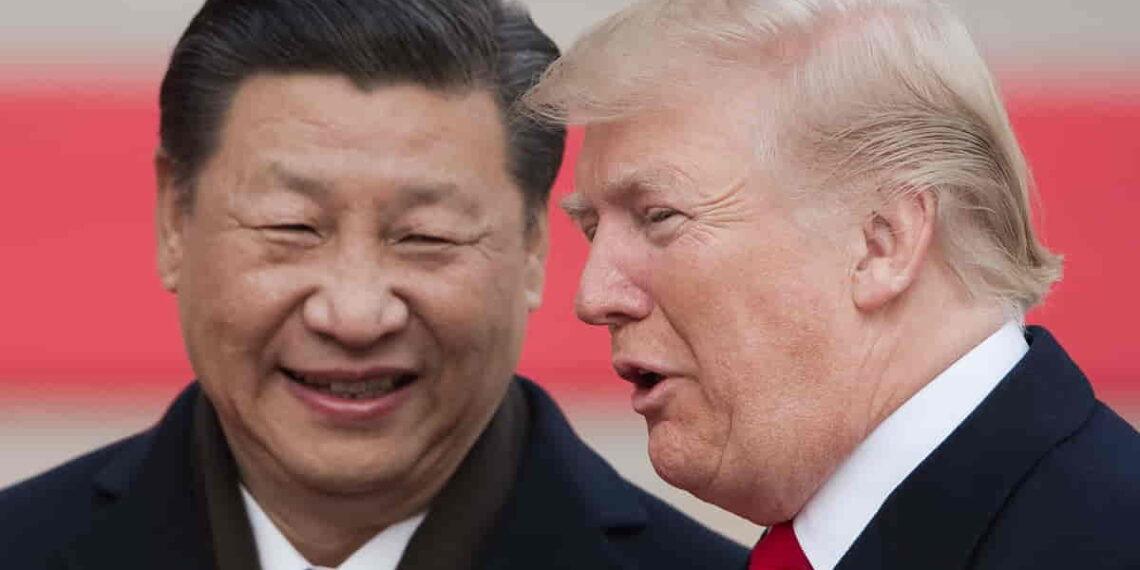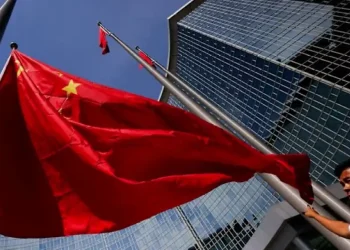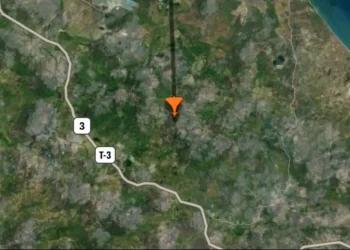Trump Fires Latest Tariff Shot at China—Is Beijing Ready for a Trade War?
Trump’s Tariff Move: A New Trade Battle Begins
President Donald Trump has followed through on a major campaign promise, announcing a 10% tariff on all Chinese imports as part of sweeping trade measures that also target Mexico and Canada. The tariffs, set to take effect Tuesday, mark a significant shift in U.S. trade policy.
The immediate question: How will Beijing respond?
China’s Initial Reaction: Measured but Firm
Caught off guard during a week-long public holiday, Chinese officials vowed to file a complaint with the World Trade Organization (WTO) and implement “corresponding countermeasures” without detailing specifics.
China’s Ministry of Commerce condemned the move, stating it “seriously violates WTO rules” and promised to “resolutely defend its rights.”
However, China’s response so far has been less aggressive compared to Mexico and Canada, which swiftly pledged retaliatory tariffs. Unlike China—where these new tariffs add to existing duties—Mexico and Canada previously had a nearly duty-free trading relationship with the U.S.
Why Beijing’s Response Is Cautious—for Now
Several factors may explain China’s measured approach:
- A Favorable Start to Trump’s Second Term
- Beijing has enjoyed warmer-than-expected relations with Trump since his re-election.
- Xi Jinping and Trump had a “very good” phone call before the U.S. leader’s inauguration.
- China sent its highest-ranking official ever to a U.S. presidential inauguration.
- Trump’s Dealmaking Signals
- Trump has hinted at potential trade negotiations with China.
- He’s repeatedly expressed interest in working with Xi on resolving the Ukraine conflict.
- Strategic Patience
- The 10% tariff is far lower than the 60% tariffs Trump previously suggested.
- Trump linked these new tariffs to China’s role in the fentanyl trade, rather than the trade imbalance.
- Beijing may be waiting for the results of a U.S.-China trade review, due April 1, before escalating tensions.
A Shanghai-based think tank, the Fudan Development Institute, noted in an analysis that Trump is likely “testing China’s willingness to negotiate” before making further tariff decisions.
Trade War or Deal? What’s Next?
Beijing’s WTO complaint serves a strategic purpose—it reinforces China’s narrative that it follows global rules, while framing the U.S. as the aggressor.
At the World Economic Forum in Davos, Chinese Vice-Premier Ding Xuexiang emphasized that China seeks to “promote balanced trade”, while Xi Jinping called for a “new starting point” in U.S.-China relations.
Despite the tariffs, China’s state media downplayed their impact:
- The U.S. imports $401 billion worth of Chinese goods, but exports to the U.S. account for only 3% of China’s GDP.
- China has been diversifying trade partners to reduce reliance on the U.S.
Economic analyst Keyu Jin noted that Chinese companies are already shifting trade to other countries, reducing the potential impact of U.S. tariffs.
“China sees Trump as someone they can negotiate with,” Jin said.
Retaliation: A Matter of Timing?
China hasn’t ruled out countermeasures—but it may wait and assess before striking back.
- Past Trade Wars: In 2018, China retaliated against Trump’s tariffs with $185 billion in its own duties on U.S. goods.
- New Strategies: China now has a more sophisticated trade arsenal, including export restrictions on critical minerals and technologies vital for global industries.
If Trump raises tariffs further, Beijing could respond by:
✔️ Expanding tariffs on U.S. imports
✔️ Tightening export controls on key materials
✔️ Restricting U.S. business access to Chinese markets
For now, China appears to be holding back—possibly betting on negotiation over escalation.
Final Take: Trade War Still Avoidable?
While tensions are rising, China’s cautious response suggests it’s keeping the door open for negotiations.
Trump’s April 1 trade review could determine whether this stays a limited dispute—or escalates into another full-blown trade war.
Beijing is watching. The next move is Trump’s.
This article was rewritten by JournosNews.com based on verified reporting from trusted sources. The content has been independently reviewed, fact-checked, and edited for accuracy, neutrality, tone, and global readability in accordance with Google News and AdSense standards.
All opinions, quotes, or statements from contributors, experts, or sourced organizations do not necessarily reflect the views of JournosNews.com. JournosNews.com maintains full editorial independence from any external funders, sponsors, or organizations.
Stay informed with JournosNews.com — your trusted source for verified global reporting and in-depth analysis. Follow us on Google News, BlueSky, and X for real-time updates.














